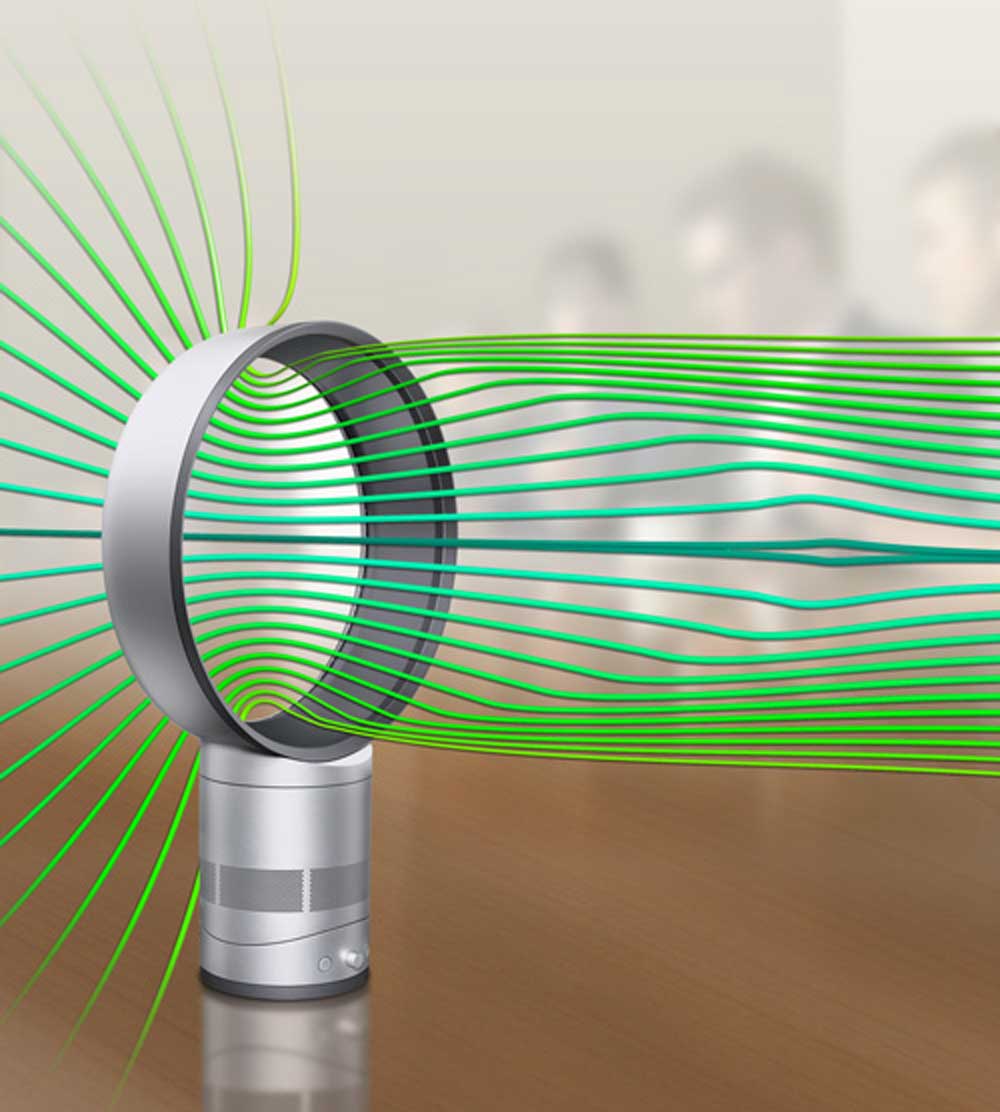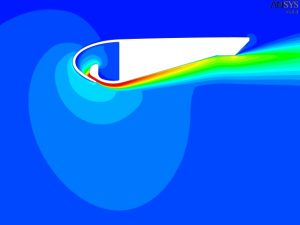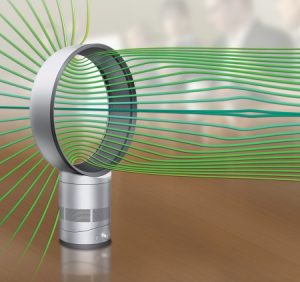Sir James Dyson was in Australia recently for the launch of Dyson's Airblade Tap hand dryer. During his visit, he gave a particularly enlightening interview with the ABC One-Plus-One program (which can be viewed at this link).
Dyson is a world-leader in the field of industrial design and is most famous for his invention of the cyclonic vaccuum cleaner (which now seems to have been copied and/or reverse engineered by all of his major competitors!). I'd suggest that the battles that Dyson has had on the Intellectual Property front are undoubtedly a factor that requires Dyson to keep ahead of the competition through constant innovation.
During the interview, Dyson offered an interesting perspective on the need for perserverance in product design as he reflected on the product development process undertaken for his original cyclonic vaccuum cleaner.
In a previous engineering role he had observed the use of cyclones in an industrial setting (at a much larger scale) and saw the opportunity to apply this same principle to the humble vaccuum cleaner, which he felt could be radically improved to provide constant suction and remove the need for a bag. He claims that in the end he had built 5,127 prototypes before he arrived at the final cyclonic design, observing that "5,126 of these prototypes were failures in some way".
Interestingly, I have heard many other successful people, in engineering and business alike, who stress the importance of failure. I believe that it is when you can fully understand why you are failing, that you can implement the changes required for success. In any product design, the failure or poor performance of a prototype contains insight into how the product can be improved. Combine the knowledge from tens, hundreds or even thousands of failed prototypes (as in James Dyson's case), and the insight required to arrive at an optimum product design is found. Compared to physical prototyping, the use of CFD tools can provide a complete picture of why a particular design is performing a certain way, using detailed flow visualisation and the ability to query all variables (such as temperatures, pressure, velocities, species concentrations) at all points in the domain. (Image courtesy Dyson Ltd)
The use of computational fluid dynamics (CFD) tools (as well as finite element analysis (FEA) and other computational techniques) has now moved on from "single point" simulations (which are more akin to traditional build and test practices) to fully embrace Simulation Driven Product Development (SDPD). For SDPD to be effective, your CFD tool needs to work within the infrastructure (ANSYS Workbench) that allows a Design of Experiments study incorporating tens, hundreds or even thousands of possible design points. This matrix of design possibilities can then be rapidly and automatically simulated in the virtual testing environment, before any physical prototypes are conceived (potentially saving significant sums of money and time). Design optimisation tools (such as ANSYS Design Xplorer) then provide further insight into the performance of the virtual prototype, incorporating goal-driven optimisation techniques, six-sigma analysis for real-world variations, and compiling useful data on the sensitivity of performance metrics to key geometry and environmental parameters, as well as response surfaces to visualise the relationships between these parameters.
Using these techniques, companies such as Dyson have been able to produce some of the most iconic examples of industrial design in the last decade. A prime example is the Dyson Air Multiplier bladeless fan, a stylistic re-imagining of the household fan which graced the cover of the ANSYS Advantage magazine in Issue 2, 2010. This acclaimed fan design was the result of over 200 different design iterations, all tested virtually using CFD simulation to understand the fluid dynamics and ultimately improve the fan inducement factor from a ratio of 6:1 in the original concept to 15:1 in the final product (a performance improvement of a staggering 150%). You can read more about this Dyson success story in the "Bladeless is More" article here. (Image courtesy Dyson Ltd)
James Dyson also mentioned in this interview how he is now driven to employ the brightest young minds straight from university. He feels that this current crop of budding engineers have enthusiastically embraced the need to design products that are more efficient, use less material, less energy, less heat and use fewer components; a philosophy that he shares in seeking the most efficient and elegant solution to every problem. Utilising the insights gained from ANSYS software and the power of design optimisation through Simulation Driven Product Development (SDPD), combined with some of the brightest engineering minds in the world, we can only imagine what the next wave of products will bring.








